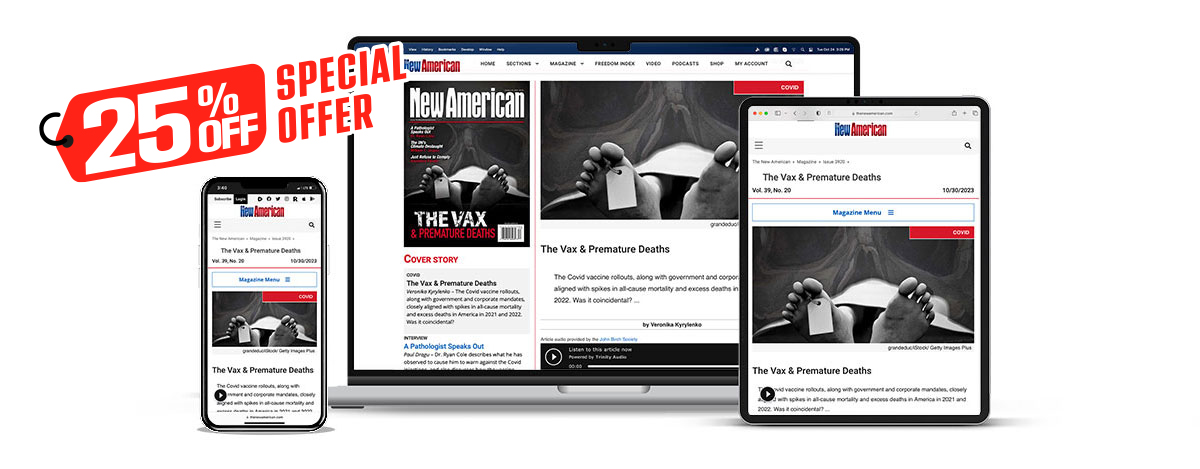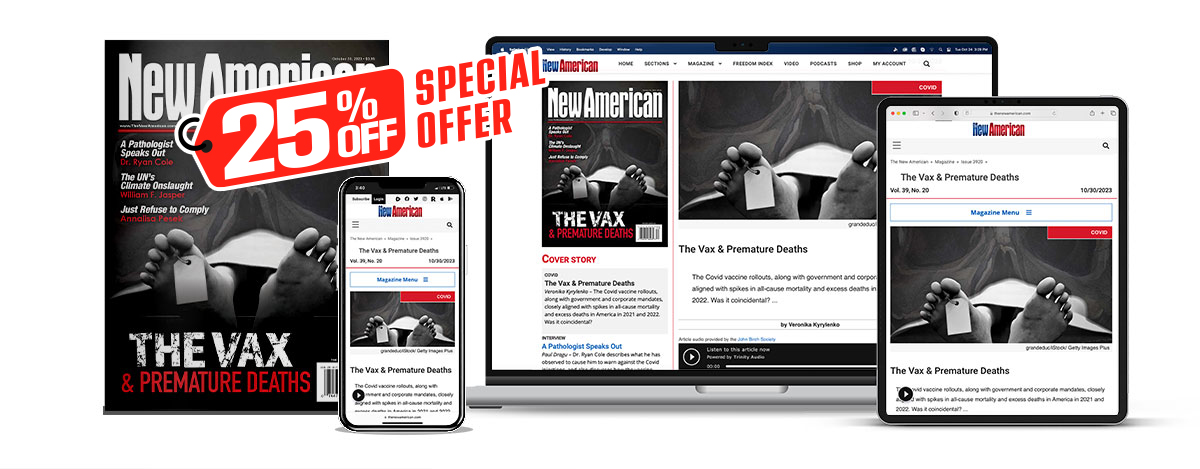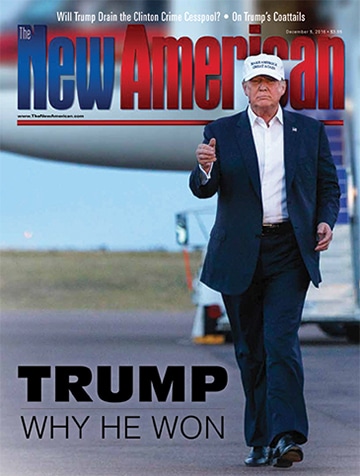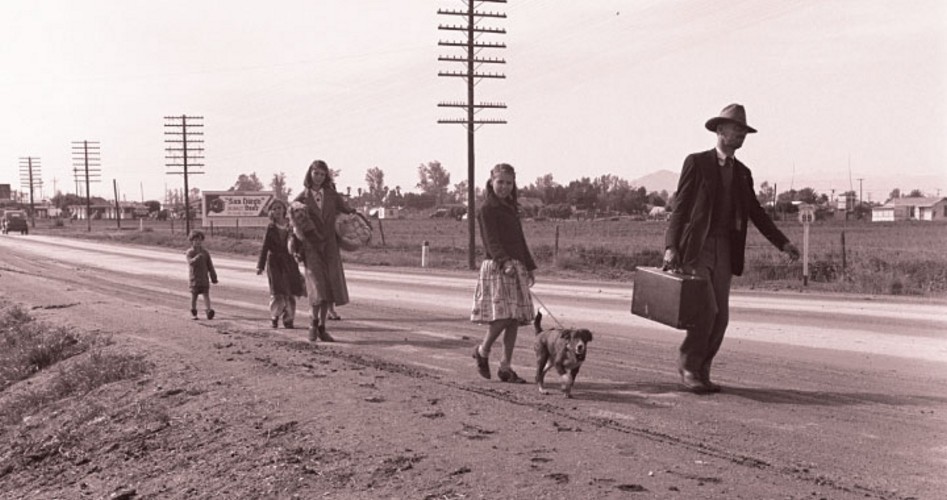The Great Depression: Why It Started, Continued, and Ended
Nine thousand failed banks and unemployment at a fourth of the workforce; bread lines, soup kitchens, desperate human beings living in Hoovervilles in worn-out clothes: Those who lived through the Great Depression may not have known the exact figures that confirm the human misery of those bleak years, but they did know about their own experiences, and no one disputes that it was a desperate time.
From the time of the October 1929 stock market crash until 1932, manufacturing fell by half, with the production of automobiles dropping 75 percent (from 4.5 million vehicles to a mere 1.1 million). After four years of Herbert Hoover, the Republican Party’s dominance in presidential politics was over. Only two men had won the White House as Democrats from 1856 to 1932 (Grover Cleveland and Woodrow Wilson). Beginning with the election of Franklin Roosevelt in 1932, the Democrats won five presidential elections in a row, and seven of the next nine.
Yet Roosevelt’s New Deal never ended the Depression. Only World War II brought down the unbelievable high unemployment rates of the 1930s, and as we shall see, the greatest war in human history did not restore a normal economy. That only occurred after the war was over.
JBS Member or ShopJBS.org Customer?
Sign in with your ShopJBS.org account username and password or use that login to subscribe.

 Subscribe Now
Subscribe Now
- 24 Issues Per Year
- Digital Edition Access
- Exclusive Subscriber Content
- Audio provided for all articles
- Unlimited access to past issues
- Cancel anytime.
- Renews automatically

 Subscribe Now
Subscribe Now
- 24 Issues Per Year
- Print edition delivery (USA)
*Available Outside USA - Digital Edition Access
- Exclusive Subscriber Content
- Audio provided for all articles
- Unlimited access to past issues
- Cancel anytime.
- Renews automatically


